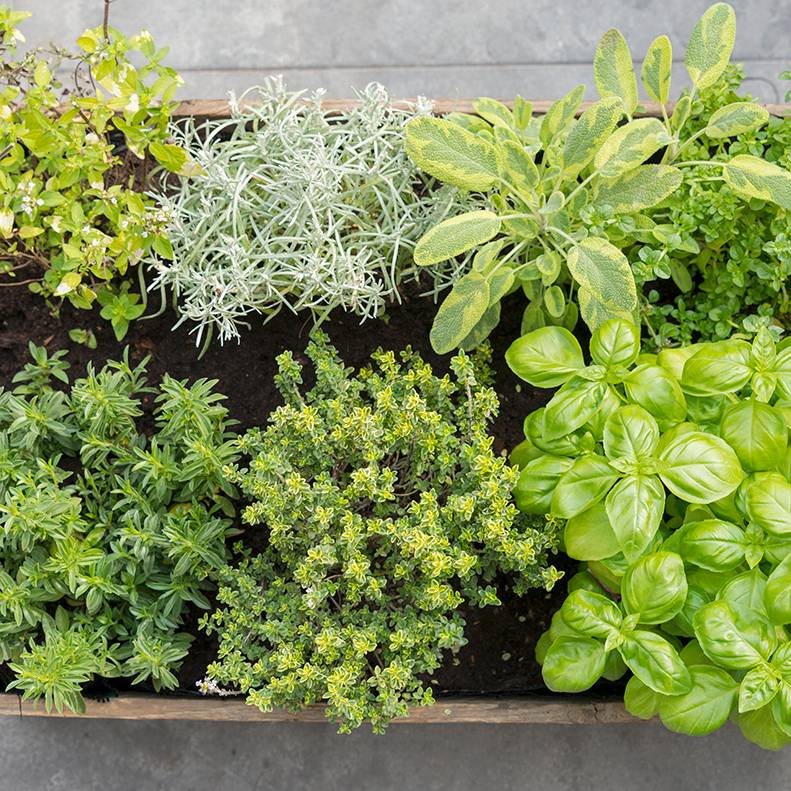It is highly desired for its taste. It is abundant in cultivated or non-cultivated fields and is presented in various variations in shape and colour.
Especially in Crete, the eaten part is called "guli", that is, its root, which is considered to be of great nutritional value and has healing properties. They are collected from autumn to the end of spring.
They are boiled and eaten with lemon oil or cooked with meat.




